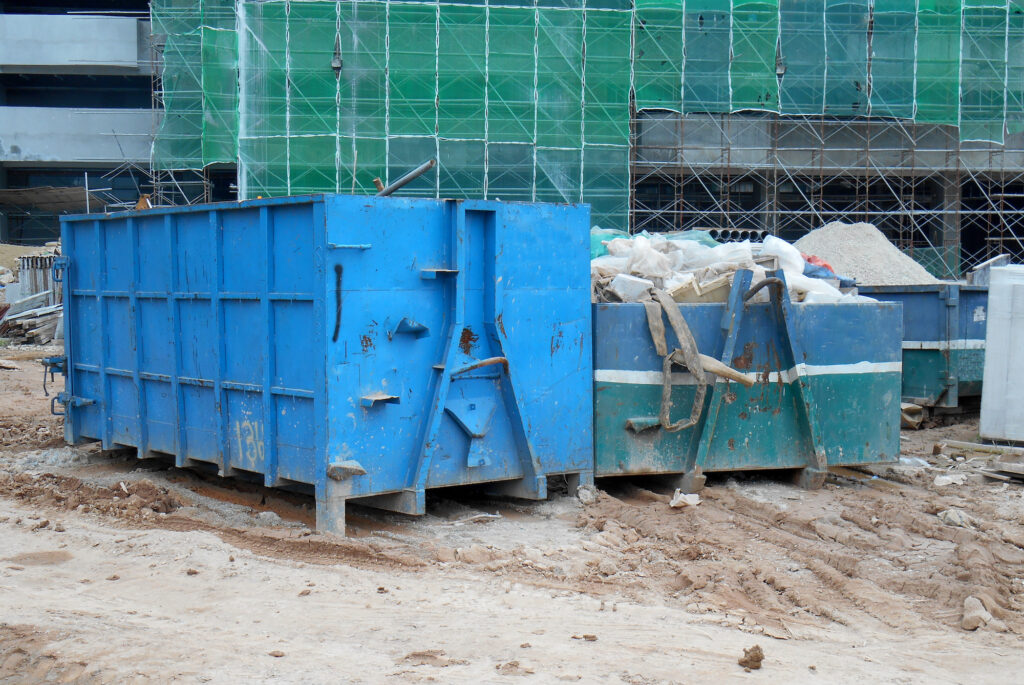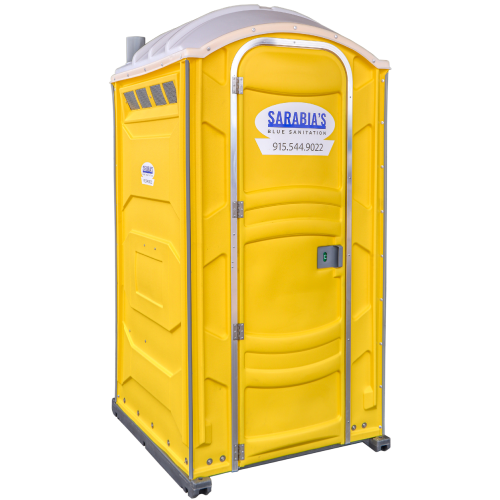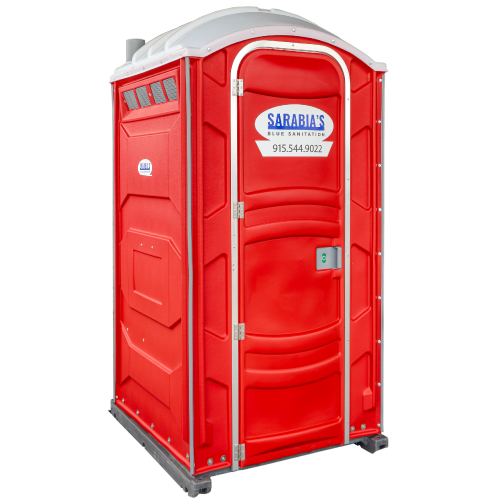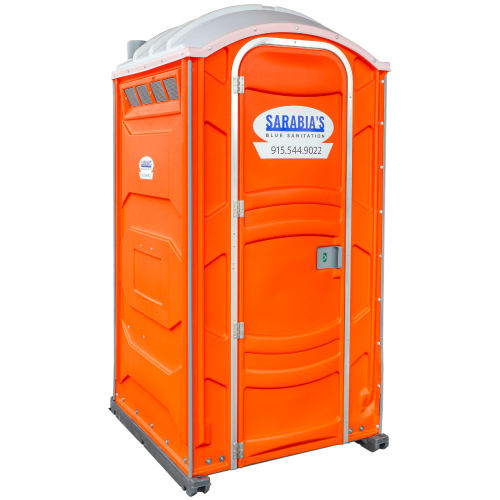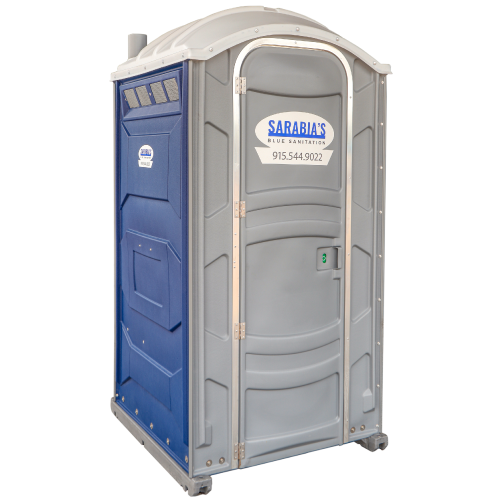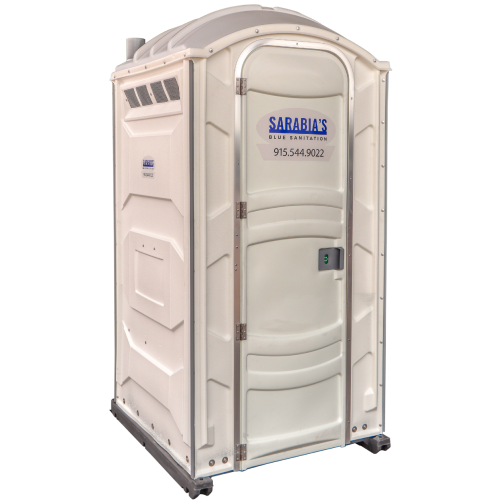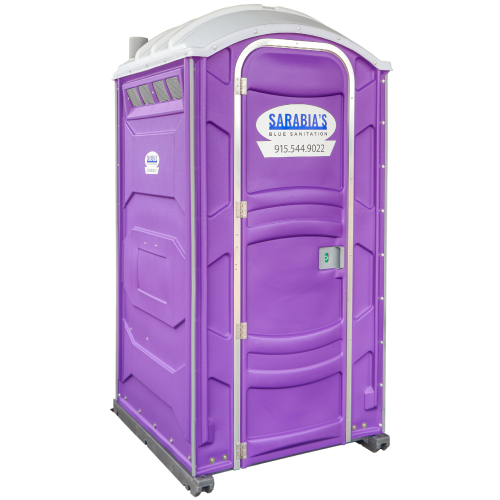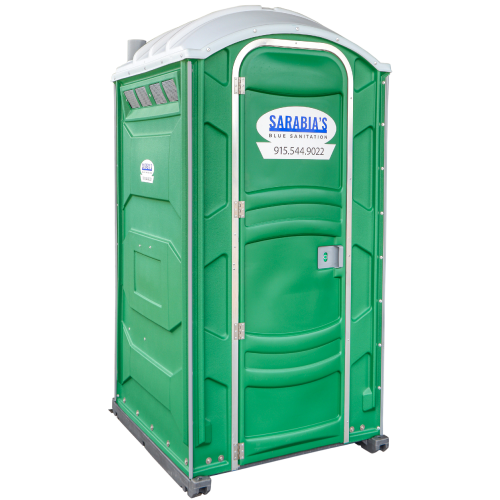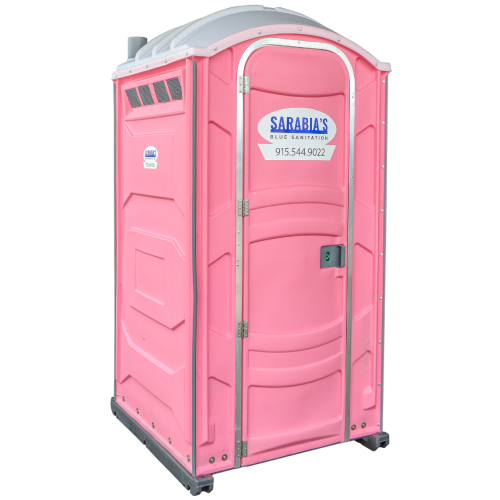Roll-off trucks are a big part of the waste management industry. It would be more difficult to transfer much of our local waste without these trucks. These bad boys are heavy-duty, reliable, and get the job done. These roll-off trucks are also the most commonly operated vehicle in the industry and are used for many other applications in addition to refuse collection.
People know them when they see them, and they might see them in residential clean-ups, waste management plans, or commercial clean-up sites. So, what’s the story behind these handy vehicles?
Let’s take a look.
The Need for Waste Management Begins with Densely Populated Cities
In the 19 and 20th centuries, as towns grew and became more densely populated areas, it didn’t take long for these growing municipalities to understand they needed more waste management strategies and the implementation of services.
Prior to this, civilizations burned waste, buried it, or simply left it behind. As the Industrial Revolution kicked in, however, the production of more materials also meant the production of more waste. In 1875, London created the Public Health Act to give authority for waste collection, and the first garbage pick-up was implemented.
In 1885, America joined the waste management movement by building the first incinerator on Governors Island, New York. While this worked for a time, it was not the only solution. Even early in the 20th century, dumping waste in a convenient location was still relatively commonplace. Horse carts would carry waste and then dump it into oceans, wetlands, or any stretch of barren land.
Enter the Dumpster and Beginning of Modern Waste Management System
Over the years, motorized vehicles and trucks replaced the horse wagons and carriages that carried waste. In 1937, The Dempster brothers took waste management to the next level by creating the Dempster Dumpmaster, which had a standardized dumpster design. This design allowed for the large bins to be emptied with little need for manual control. While these trucks were massively popular, the Dempster brothers did not stop there. A few years later, they created a truck that could hold a lot more waste and be a lot more heavy-duty. They released their Dempster Dinosaur, which looks a lot like what we know as the modern roll-off truck.
Regulations Begin Curbing Random Waste Dumping
In 1934, the Supreme Court in the United States banned dumping into any municipal waste in the ocean. Not long after, in 1945, dozens of cities in the U.S were using sanitary landfills, and open burning dumps or backyard waste burning was stopped and prohibited in most areas. After World War II, the rise of consumerism and the use of plastics in the States ramp up waste production, which sends cities scrambling to figure out how to better manage the problem.
Throughout the next few decades, other regulatory laws to curb dumping or uncontrolled waste management passed through the Clean Air Act, the creation of private waste hauling, and the Solid Waste Disposal Act. The need to follow more restrictions and regulations led to the development of improved vehicles and new waste management systems.
As cities dealt with the collection of their municipal waste, the need for better vehicles that were faster, more efficient, and safer led to the innovation of modern-day trash trucks, trash haulers, and roll-off containers. The 1990s was the era of the refuse truck, as the private sector developed breakthroughs with heavy-duty hydraulics, engine power, and better safety.
What Projects are Roll-Off Containers Good For?
So whether you’re doing some Spring cleaning or tackling a much more difficult project, here’s what you need to know about the many conveniences of using a roll-off container.
- Roll-off containers are delivered to your property
- It saves you a lot of trips to the dump
- You can arrange how much time you need the roll-off container
- The company will then pick up the container, and away goes your waste!
A roll-off container is good for a wide range of products, from small to big projects, from residential to commercial. If you’re working on any of the following, a roll-off container will make things much easier for you.
- Cleaning out a garage. If it’s finally the time to get rid of all the stored stuff you never use in your garage, a roll-off container can be the answer.
- Room remodeling or home addition. Are you adding to your home or remodeling a room? You’ll likely have some waste to get rid of. Consider one of these vehicles to enhance the process.
- Redoing the driveway. This is another common project that homeowners require trash hauling for. Of course, there are strict regulations about how much can be put in a dumpster for concrete waste.
- Residential and commercial clean-up. Any other clean-up projects that involve homes or commercial properties can use the roll-off container.
Get the Right Roll-off Container for Your Needs
As you consider your project, the size of the roll-off container will make a major difference. Here at Sarabia’s, we not only have portable toilets, but we also help local homeowners, property owners, or construction sites with their clean-up projects with 20, 30, and 40-yard container sizes.
Not sure what size is right for you? Give us a call at Sarabia’s and talk to the team.
